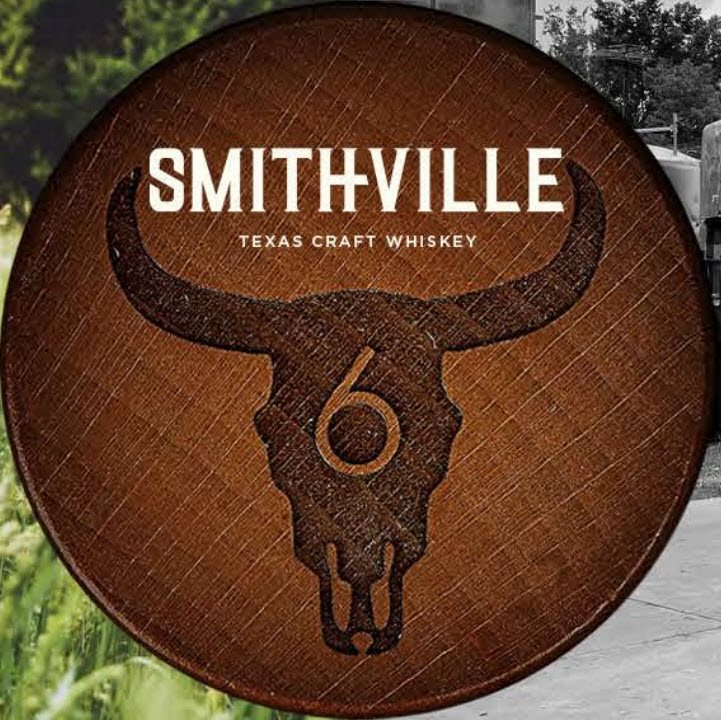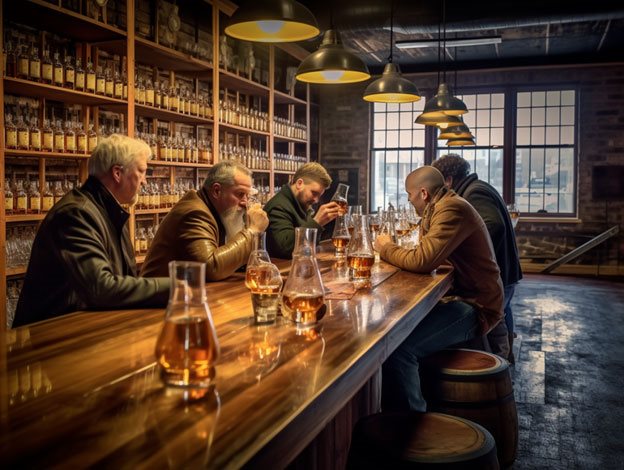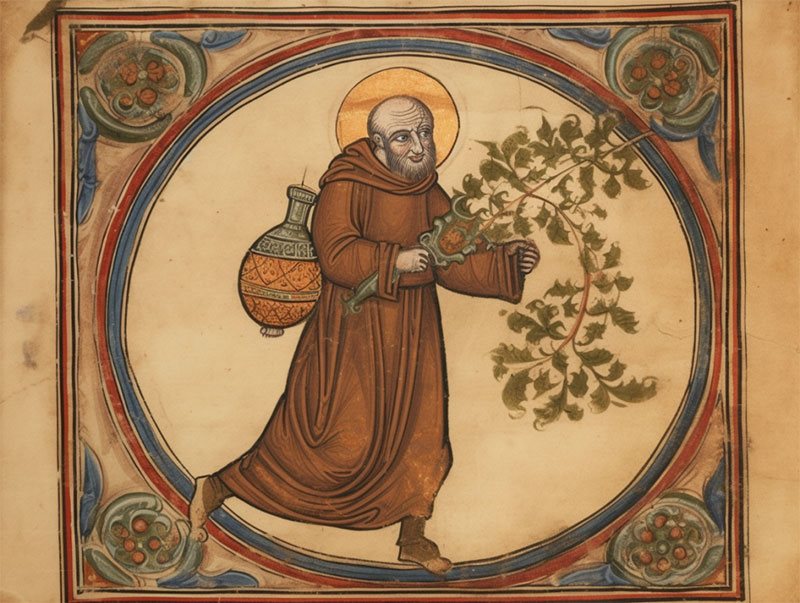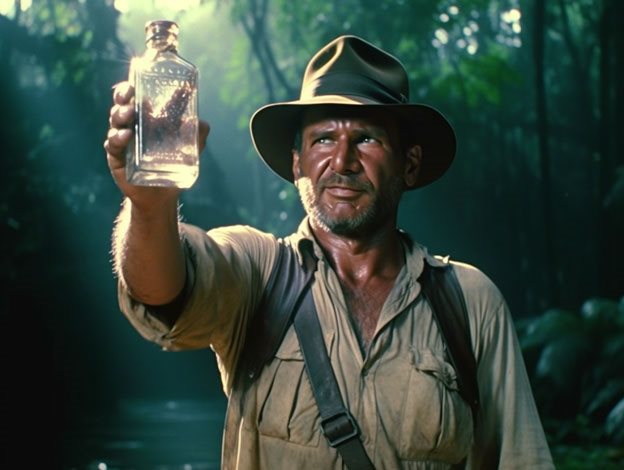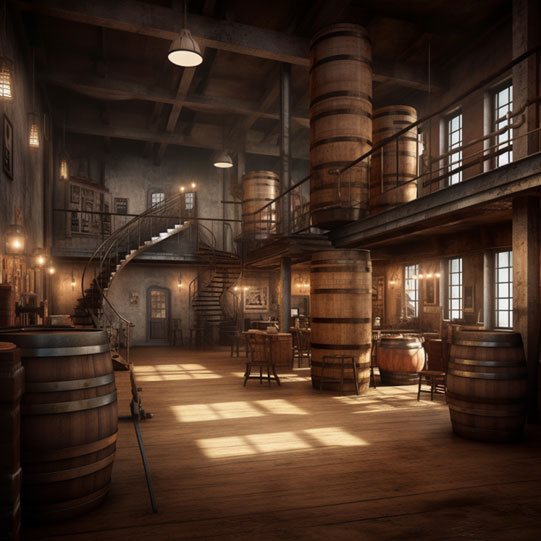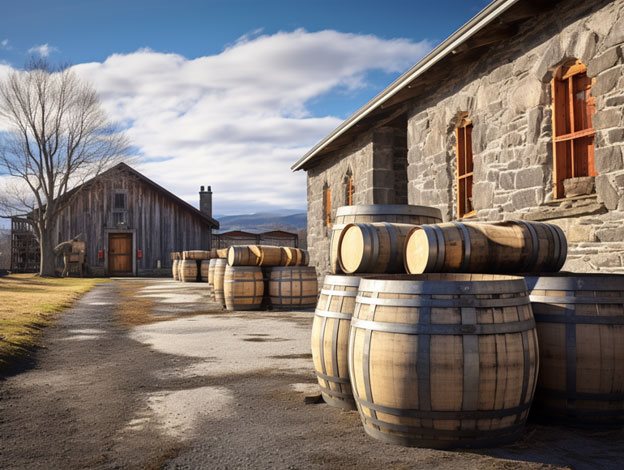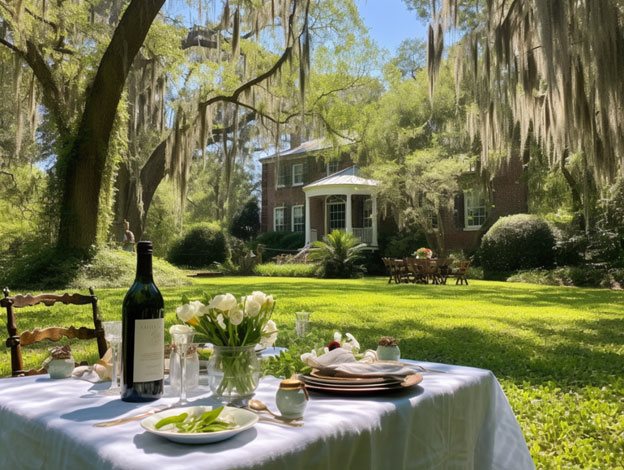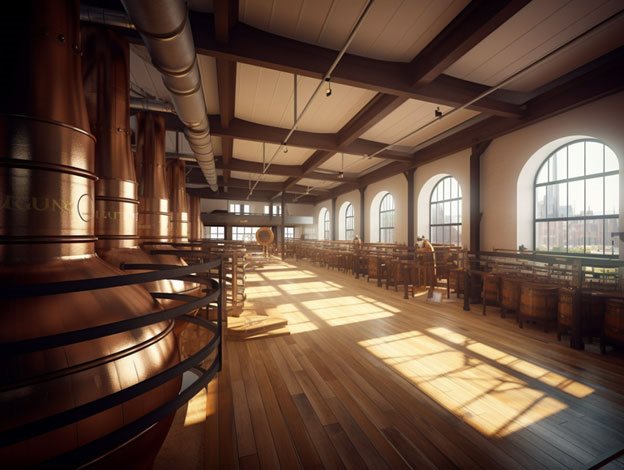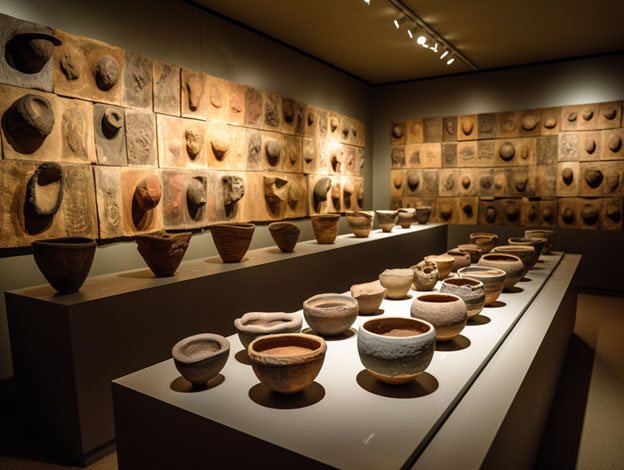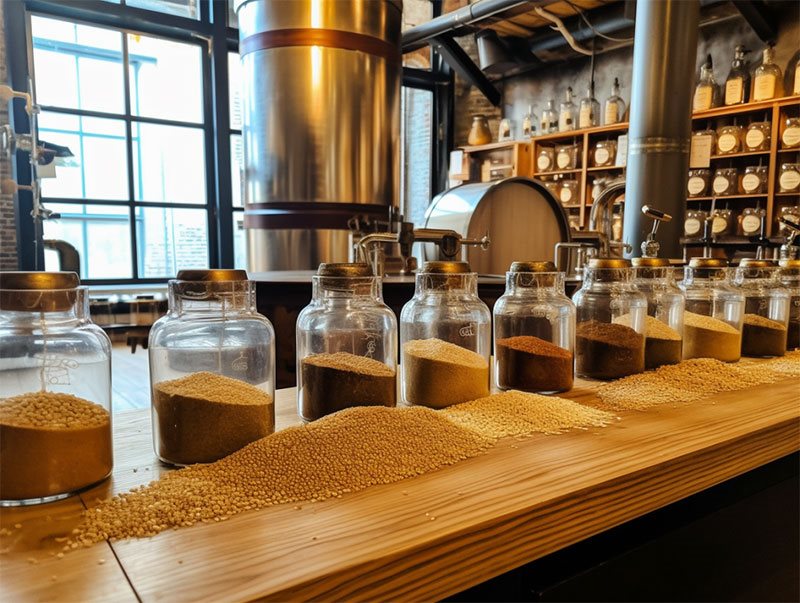Raw Materials and Fermentation
In the 18th century, the choice of grain for whiskey production was largely determined by regional availability. In Scotland and Ireland, barley was the predominant grain, while in America, corn, rye, and later wheat were used. The grain was malted, a process involving soaking it in water and allowing it to germinate, then drying it in a kiln. The malt was then mashed, and the resultant wort was left to ferment using naturally occurring yeasts.
In modern times, while the type of grain used is still dictated by regional and stylistic preferences, the malting process has been industrialized. Large malting houses provide a consistent supply of malted grain. The fermentation process has also become more controlled, with specific strains of yeast used to ensure predictable and consistent flavors. Some distilleries also use non-malted grains in their mash bills, providing a different flavor profile.
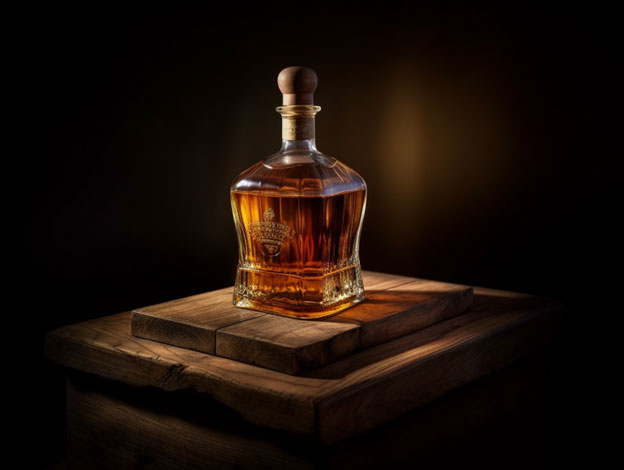
Distillation
In the 18th century, the distillation process was performed using direct-fired stills, usually made of copper. The fermented mash was distilled twice in a process known as pot distillation. This method provided a robust and flavorful spirit, but it was a labor-intensive and less precise process.
In today's production, while traditional pot stills are still used, particularly in Scotland and Ireland, the introduction of continuous or column stills has made the distillation process more efficient and precise. Continuous stills, invented in the 19th century, allow for a constant process of distillation and can produce a higher proof spirit with less flavor than pot stills. They are commonly used in the production of American bourbon and other grain whiskeys.
Maturation
In the 18th century, whiskey was often sold as a raw, unaged spirit. When it was aged, it was typically in whatever type of barrel was available, which could include used sherry, rum, or wine casks.
Today, aging whiskey in carefully selected barrels is a crucial part of the process. In modern production, different countries have specific regulations about aging. For instance, Scotch whisky must be aged in oak barrels for at least three years, while American bourbon must be aged in new charred oak barrels. This imparts distinct flavors to the whiskey and helps to mellow and integrate the spirit's characteristics. The aging process has been refined and is now a significant part of a whiskey's identity, with producers dedicating considerable time and resources to perfecting it.
Quality Control and Consistency
The 18th-century methods were artisanal, relying heavily on the skills, knowledge, and intuition of the distiller. There was considerable variability between batches, and quality control was challenging.
In contrast, modern techniques incorporate scientific methods and technologies to ensure consistency and quality. Laboratory analysis, precise temperature control, computer monitoring, and automation are used to achieve a consistent product. Despite these advances, many distilleries still value the human touch, and the role of the master distiller remains central, combining traditional skills with modern technologies.
While the essence of whiskey production remains the same – fermenting grain and distilling the resultant liquid – the journey from the 18th century to today has seen significant refinements and improvements in techniques. Modern production respects and honors its historic roots while embracing technology and innovation to ensure consistency, quality, and the continued evolution of this beloved spirit.
